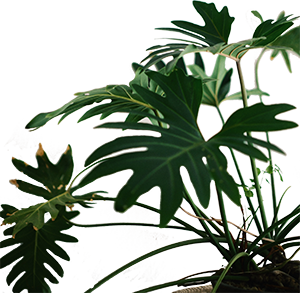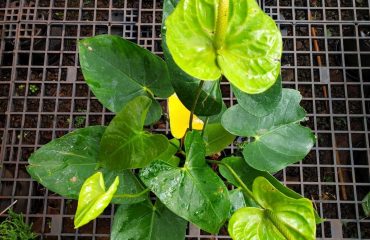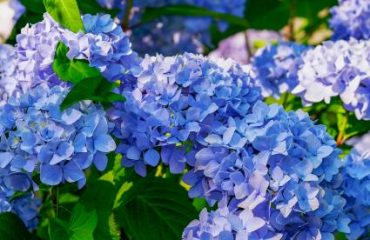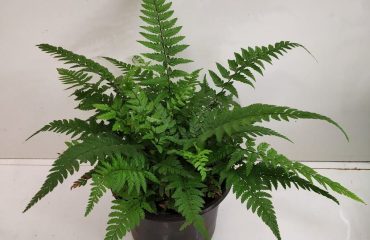How to Grow and Care for a Beautiful Bougainvillea
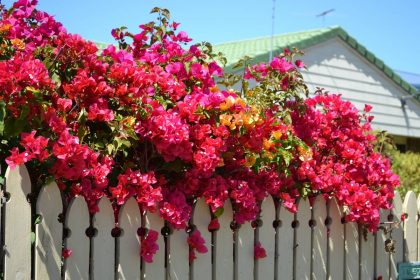
f you live in a temperate climate and want an (almost) year-round floral fiesta, then bougainvillea is the plant for you. Depending on the variety, it can be grown on a trellis or over an arbor, against a building or fence, in containers, as a hedge or ground cover, in tree form, and as a bonsai. I’m sharing care and growing tips for bougainvillea; a plant I have a lot of experience with.
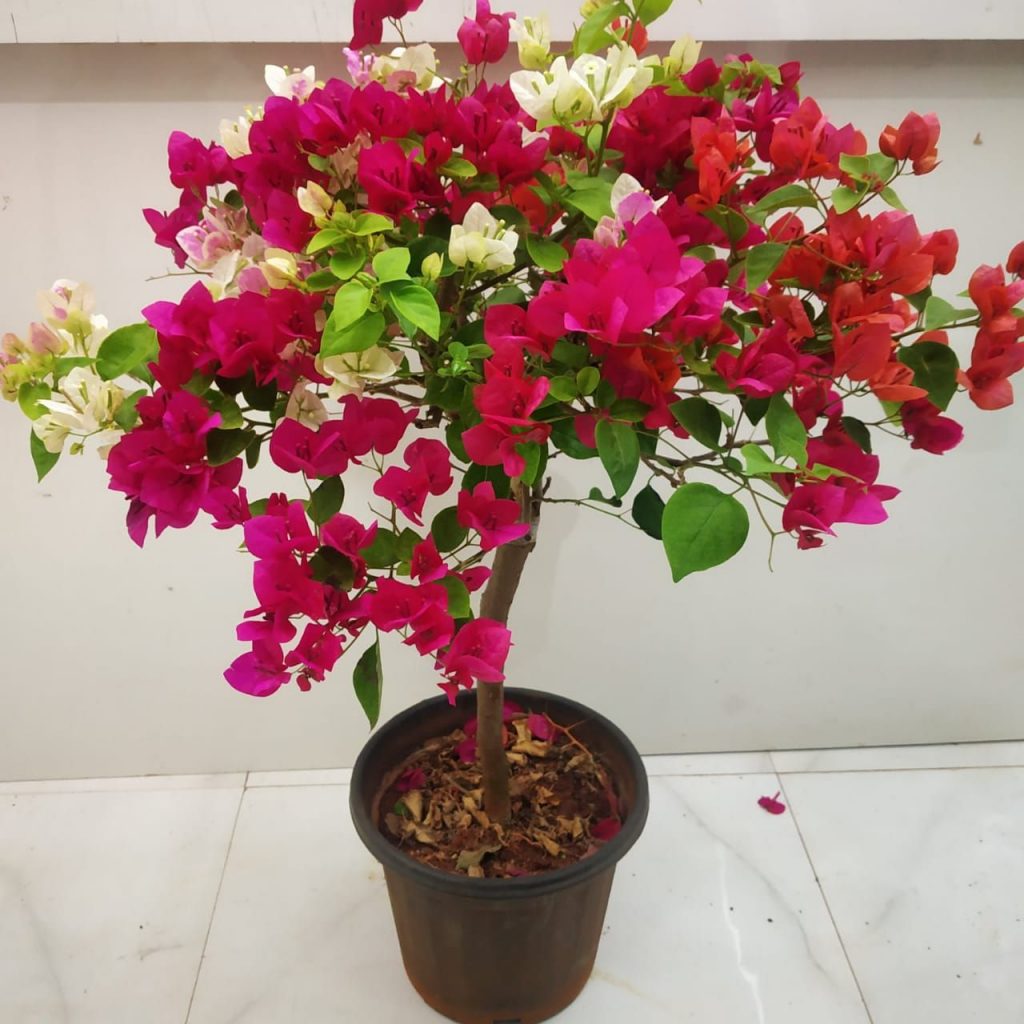
Did You Know?
Bougainvillea “flowers” are actually a type of leaves called “bracts.” The plant’s actual flower is the tiny white blossom center of the bract, as seen in the photo above.
BOUGAINVILLEA CARE & GROWING TIPS
Exposure
Bougainvillea needs at least 6 hours of full sun a day to flower profusely and look its best. This plant also loves the heat. Not enough sun = not enough color.
If you live where in a climate where bougainvillea is borderline zone hardy (see zones below), then planting it against a warm wall or in a corner against the house will help. Remember, this is one plant that loves sun and heat!
Water
When it comes to watering, bougainvillea is pretty drought tolerant once established. It prefers a good, deep watering every 3-4 weeks rather than frequent shallow waterings.
When establishing (in the 1st couple of years), be sure to give your bougainvillea regular water. It’s subject to a few types of root rots so don’t over-water. The soil should be well-drained which will help prevent rot.
Fertilizer
I’ve never fertilized bougainvilleas, either when planting or as part of maintenance. I always feed them with compost – a good dose upon planting and a 3″ topping every late winter/early spring every year or 2.
I used to work at a nursery in Berkeley where a grower recommended fertilizing them with a palm and hibiscus food.
This flower food would be another option if you feel yours needs fertilizing to up the ante on the bloom. Be sure to follow the directions on the box – an application once or twice a year will be just fine.

Flowering Season
Bougainvilleas’ natural habitat is equatorial where day and night lengths are almost equal. Bougainvillea in these areas (Singapore, Brazil, Kenya to name a few) tend to bloom year round, but in North America, the best flowering occurs when the night length and day length are almost equal (in Spring or Fall). If you live in the northern states, it’s too cold to grow bougainvillea in the Fall unless they’re housed in warm greenhouses – in which case you can enjoy colorful, blooming bougainvillea in October if you wanted! So depending on which continent or region you reside, it may not be the ideal blooming season for your area. Just because it’s hot doesn’t necessarily mean that it’s flowering season for bougainvillea. Case in point, bougainvillea do not bloom well in South Florida during the summer months (June – August) because of the long days and excessive rainfall. For those of us lucky enough to call South Florida home, you already know that the coolest months of the year (October through March) have the most spectacular show of bougainvillea.
Fertilization
Bougainvillea are heavy feeders that require regular monthly fertilization during blooming season. Nitrogen and phosphate are critical to flowering, but do not over-fertilize with these two elements because it will add growth and inhibit blooming. This is the case when using generalized fertilizers like a 20-20-20 or 12-12-12. That’s why we’ve created a blooming fertilizer specifically for bougainvillea called BOUGAIN®. With Bougain’s 6-8-10 plus Minors formula, Nitrogen levels are just right for flowering, but low enough to limit excessive green growth. In addition, Bougain® contains 5% Iron — the secret for vibrant, beautiful color on bougainvillea.
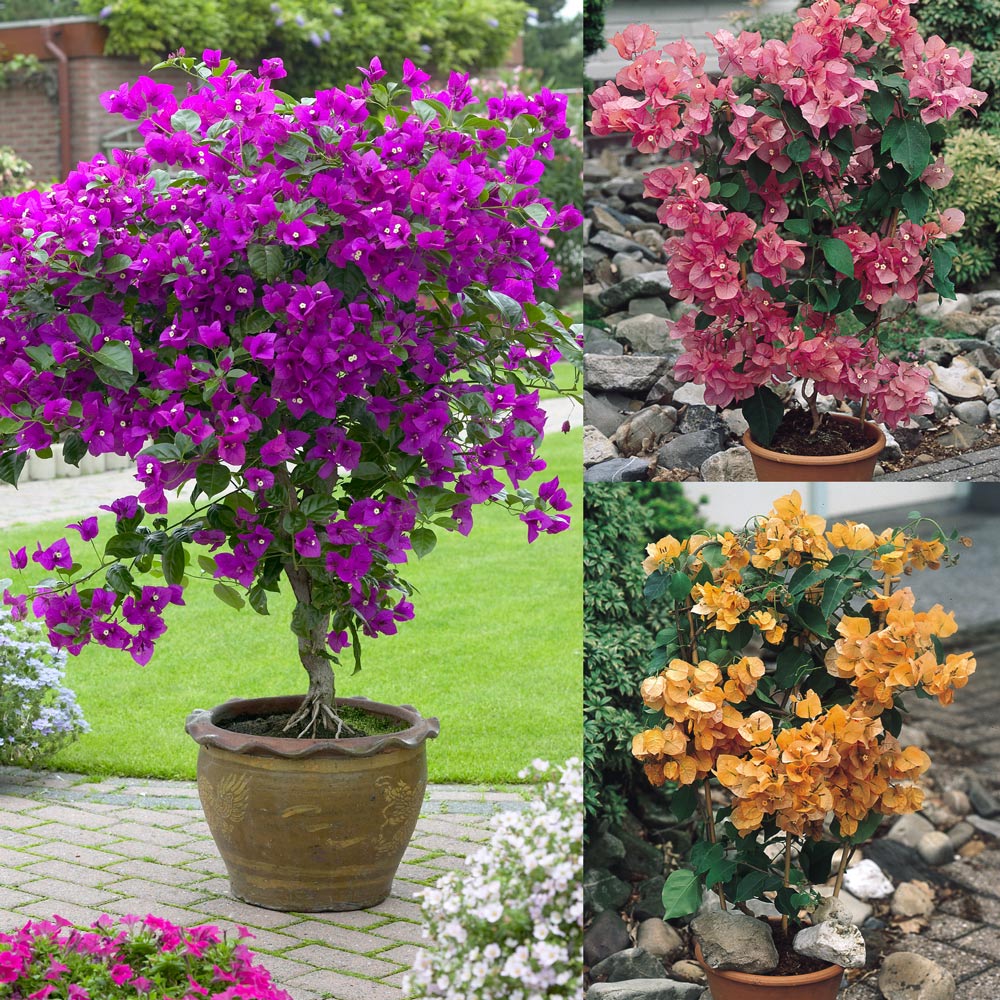
Pests and Disease
Bougainvillea are a fairly easy-care plant, but a few pests sometimes appear. Remove any bugs and damaged leaves when you seen them, and look for these symptoms that the plant has problems:
- A sooty-looking mold may mean mealy bugs are in the plant. Remove any bugs you see with a cotton swab dipped in rubbing alcohol, or treat the plant with an insecticidal soap as directed on the package.
- Yellow spots on leaves or dropped leaves are signs of scales. Insecticidal soap or horticultural oil, used as directed on the package, will rid the plant of scales.
- Wilted or discolored leaves indicate aphids. You may also see masses of the tiny green bugs on stems or leaves. Hose off the bugs with a strong spray from your hose, or wipe them off gently with a cotton swab.


